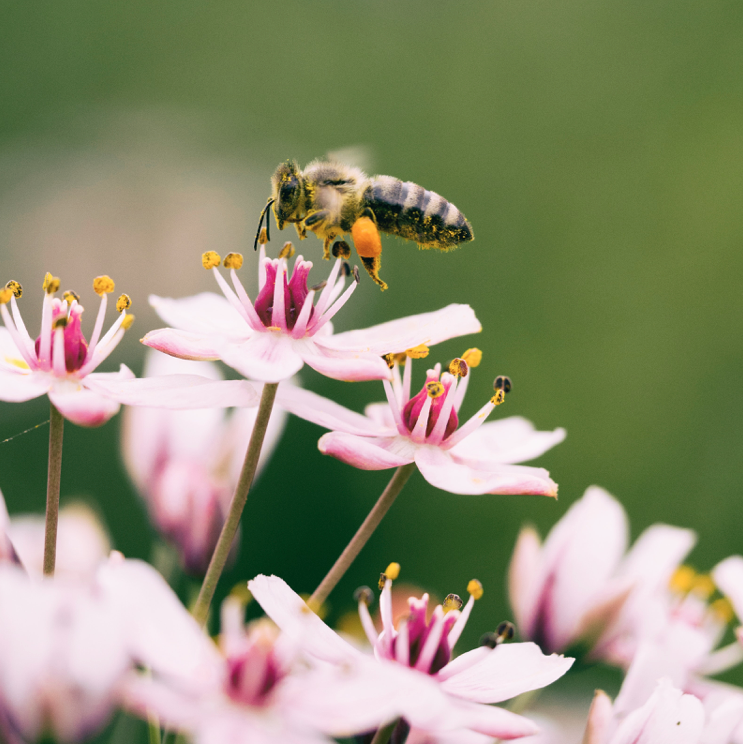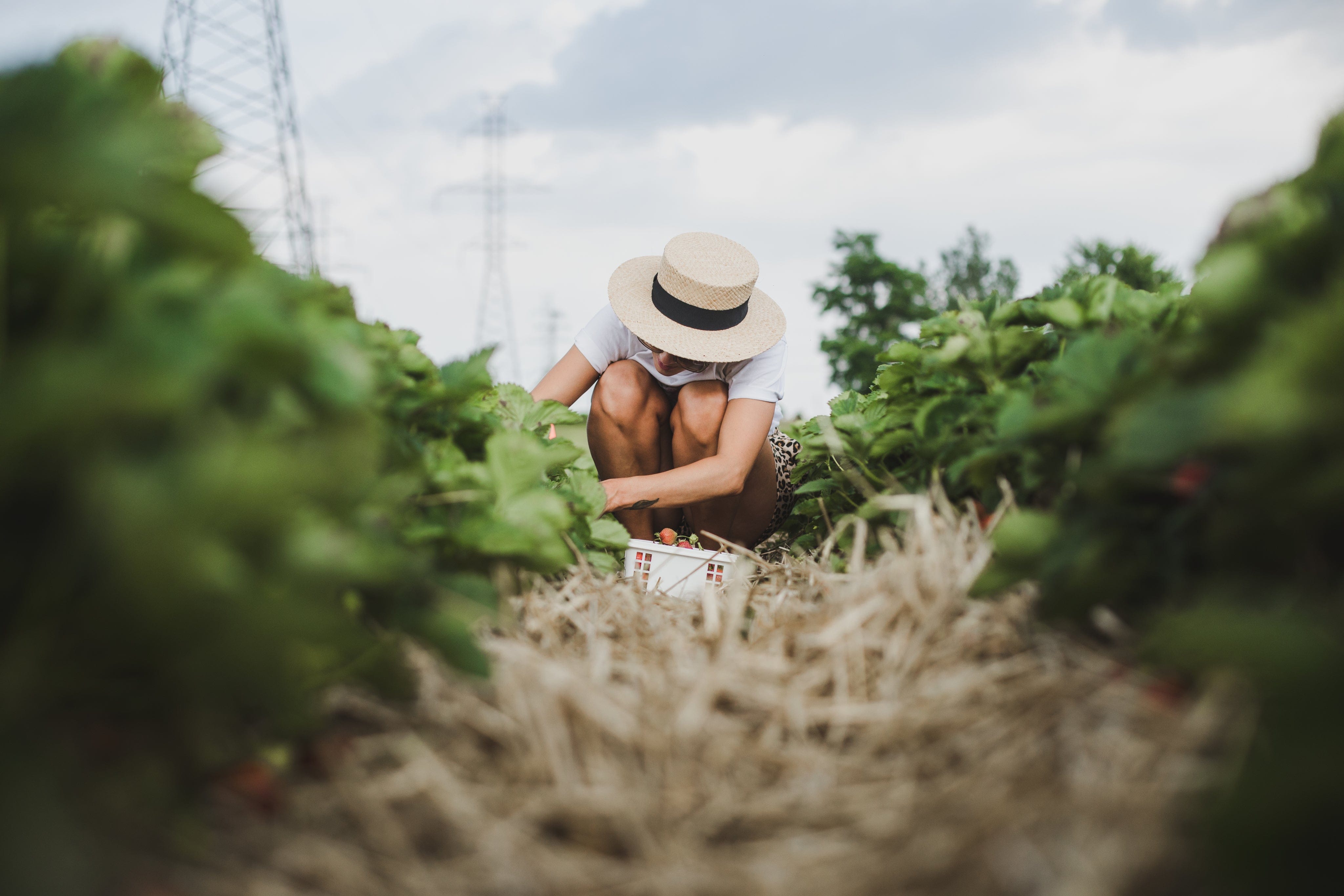
When and How to Plant Seedlings

Growing your own plants from seeds is a rewarding and profoundly empowering experience, especially if the plants you are growing are vegetables. But many a gardener has stumbled when it comes time to plant out the seedlings in a new garden bed or pot.
Although you might think that you can simply go out and buy the plant you are looking to add to your garden, you will soon find that while nurseries are a fantastic place to get plants of all kinds, they don’t generally grow everything. This is especially the case when it comes to vegetables and fruits.
Luckily, this presents the perfect opportunity to buy the seeds of the plants you want to grow, and with the right information and the right tools, you can quite quickly have your seeds growing into flourishing seedlings.
Growing your own seedlings
To start with, you will need a few things. Good quality compost and soil, a small spade, your gardening gloves (things are going to get messy), a watering can, and, of course, your seeds.
A seed tray is also great to have, and you are likely to need a few, but if you don’t have this, you can actually use just about any container you have available, so long as you poke a few drainage holes in the bottom.
To get your seeds sprouting, you will need to fill your seed tray or container with a healthy mixture of soil and compost. You’ll want to fill the container to just below the rim, as your seedlings are going to need to be able to reach the sunlight.
You can now add the seeds. The best way to do this is to open the soil slightly with the tip of your spade, and then drop in a few seeds. You should try to add more than one seed, because there is a good chance that not all of your seeds will grow at once.
Then, bring the soil over your seeds, and press the soil firmly with your fingers. You can now give the soil a sprinkle of water and then depending on the weather and climate, you can lightly water the tray every day.
Read the back of your seed packet to find out how long it will take for your seeds to start sprouting. Some seeds will turn into seedlings within a few days, some will take up to two weeks, while others could take a couple of months.
When to transplant your seedlings
There are two rather general questions most will ask when the time comes to consider transplanting your seedlings; when is it the right time to transplant the seedlings and how do I do this?
Timing is key to the success of your transplanting. If you are working on your garden in the winter, you will want to wait until the end of the season or for early spring. This reduces the chances of the cold or frost killing your still vulnerable plants and it is also the time of year when the weather encourages the plants to start growing.
But the season is not the only consideration, because if you leave the plant in its container for too long, its roots will become overgrown, and eventually the plant will start dying. There is no exact rule to determine when the plant looks as though it is ready to be planted out, but there are a few things you can look out for, including the “true leaves”.
By the time the plant has 3 or 4 leaves, it is a good time to plant it out. These are the leaves which are called true leaves, or cotyledons. They will not be the same as the leaves that will grow out later, but they are important at this stage because they help the plant enjoy a growth spurt.
Another way to tell if the seedling is ready for transplanting, is to look at whether or not the leaves still look healthy. If they start curling up or losing their colour, it is definitely time to put them in a new spot.
It is important that the seedlings are used to the temperatures outdoors. Luckily, with South Africa’s lovely weather, most seedlings will be grown outdoors from the get go but if you have grown them indoors, now is the time to expose them to the outside weather, by leaving them in their trays outdoors for a couple of days.
You will also want to perhaps treat the plants with something to prevent the bugs from getting at them when they are in the garden bed.
How to transplant the seedlings
- Prepare your garden bed, or pot, whichever you are going to plant your seedlings in, by making sure that the soil is nourished and slightly loose.
- Make a hole for your seedlings and gently pull them from their tray or container, loosening the roots as you remove the plant.
- Before replanting, make sure that you have given the roots a healthy splash of water, they should be moist before planting.
- Place the plant in the soil, and gently but firmly press the soil around it, securing the plant in place, with the roots completely covered.
The next few days are going to be the most crucial for your plant and it is during this time that they are going to be most vulnerable to damage and death, so keep an eye on them. Understand that your plant is not going to immediately start growing quickly. The replanting is going to set its growth back by about 2 weeks so be patient, the effort and patience is going to pay off.
By week 2, you should notice that the plant is more established, has more lush leaves and by this time the plants roots should be well established.
A Few Tips for Transplanting:
- Don’t place your seedlings in a place where it is overexposed to wind and the elements.
- Never plant in waterlogged soil, especially clay.
- Make sure that you stay around the house for the next few days so that you can keep an eye on the seedlings. Don’t replant and then go away on 2 weeks holiday.
- Try to transplant your plants on a cloudy day. This will minimise evaporation.
- Grow more seedlings than you need. You never know how many seeds will get to the point of becoming fully grown seedlings and, eventually, healthy plants.
Interested in reading more, click on the below:
“When life hands you dirt plant seeds.” ―






Leave a comment
This site is protected by hCaptcha and the hCaptcha Privacy Policy and Terms of Service apply.